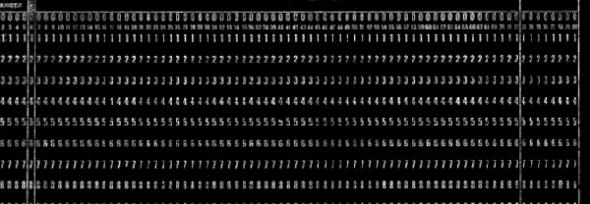Two Bits

EXPERIMENTAL FUTURESTechnological Lives, Scientific Arts, Anthropological Voices
A series edited by Michael M. J. Fischer and Joseph Dumit 2008
DUKE UNIVERSITY PRESS DURNHAM AND LONDON
2008 Duke University Press
Printed in the United States of America on acid-free paper
Designed by C. H. Westmoreland
Typeset in Charis (an Open Source font) by Achorn International
Library of Congress Cataloging-in-Publication data and republication acknowledgments appear on the last printed pages of this book.
Licensed under the Creative Commons Attribution-NonCommercial-Share Alike License, available at http://creativecommons.org/licenses/by-nc-sa/3.0/ or by mail from Creative Commons, 559 Nathan Abbott Way, Stanford, Calif. 94305, U.S.A. NonCommercial as defined in this license specifically excludes any sale of this work or any portion thereof for money, even if sale does not result in a profit by the seller or if the sale is by a 501(c)(3) nonprofit or NGO.
Duke University Press gratefully acknowledges the support of HASTAC (Humanities, Arts, Science, and Technology Advanced Collaboratory), which provided funds to help support the electronic interface of this book.
Two Bits is accessible on the Web at twobits.net.
To my parents, Anne and Ted
Preface
This is a book about Free Software, also known as Open Source Software, and is meant for anyone who wants to understand the cultural significance of Free Software. Two Bits explains how Free Software works and how it emerged in tandem with the Internet as both a technical and a social form. Understanding Free Software in detail is the best way to understand many contentious and confusing changes related to the Internet, to commons, to software, and to networks. Whether you think first of e-mail, Napster, Wikipedia, MySpace, or Flickr; whether you think of the proliferation of databases, identity thieves, and privacy concerns; whether you think of traditional knowledge, patents on genes, the death of scholarly publishing, or compulsory licensing of AIDS medicine; whether you think of MoveOn.org or net neutrality or YouTubethe issues raised by these phenomena can be better understood by looking carefully at the emergence of Free Software.
Why? Because it is in Free Software and its history that the issues raisedfrom intellectual property and piracy to online political advocacy and social softwarewere first figured out and confronted. Free Softwares roots stretch back to the 1970s and crisscross the histories of the personal computer and the Internet, the peaks and troughs of the information-technology and software industries, the transformation of intellectual property law, the innovation of organizations and virtual collaboration, and the rise of networked social movements. Free Software does not explain why these various changes have occurred, but rather how individuals and groups are responding: by creating new things, new practices, and new forms of life. It is these practices and forms of lifenot the software itselfthat are most significant, and they have in turn served as templates that others can use and transform: practices of sharing source code, conceptualizing openness, writing copyright (and copyleft) licenses, coordinating collaboration, and proselytizing for all of the above. There are explanations aplenty for why things are the way they are: its globalization, its the network society, its an ideology of transparency, its the virtualization of work, its the new flat earth, its Empire. We are drowning in the why, both popular and scholarly, but starving for the how.
Understanding how Free Software works is not just an academic pursuit but an experience that transforms the lives and work of participants involved. Over the last decade, in fieldwork with software programmers, lawyers, entrepreneurs, artists, activists, and other geeks I have repeatedly observed that understanding how Free Software works results in a revelation. Peopleeven (or, perhaps, especially) those who do not consider themselves programmers, hackers, geeks, or technophilescome out of the experience with something like religion, because Free Software is all about the practices, not about the ideologies and goals that swirl on its surface. Free Software and its creators and users are not, as a group, antimarket or anticommercial; they are not, as a group, antiintellectual property or antigovernment; they are not, as a group, pro- or anti- anything. In fact, they are not really a group at all: not a corporation or an organization; not an NGO or a government agency; not a professional society or an informal horde of hackers; not a movement or a research project.
Free Software is, however, public; it is about making things public. This fact is key to comprehending its cultural significance, its appeal, and its proliferation. Free Software is public in a particular way: it is a self-determining, collective, politically independent mode of creating very complex technical objects that are made publicly and freely available to everyonea commons, in common parlance. It is a practice of working through the promises of equality, fairness, justice, reason, and argument in a domain of technically complex software and networks, and in a context of powerful, lopsided laws about intellectual property. The fact that something public in this grand sense emerges out of practices so seemingly arcane is why the first urge of many converts is to ask: how can Free Software be ported to other aspects of life, such as movies, music, science or medicine, civil society, and education? It is this proselytizing urge and the ease with which the practices are spread that make up the cultural significance of Free Software. For better or for worse, we may all be using Free Software before we know it.
Acknowledgments
Anthropology is dependent on strangers who become friends and colleaguesstrangers who contribute the very essence of the work. In my case, these strangers are also hyperaware of issues of credit, reputation, acknowledgment, reuse, and modification of ideas and things. Therefore, the list is extensive and detailed.
Sean Doyle and Adrian Gropper opened the doors to this project, providing unparalleled insight, hospitality, challenge, and curiosity. Axel Roch introduced me to Volker Grassmuck, and to much else. Volker Grassmuck introduced me to Berlins Free Software world and invited me to participate in the Wizards of OS conferences. Udhay Shankar introduced me to almost everyone I know, sometimes after the fact. Shiv Sastry helped me find lodging in Bangalore at his Aunt Anasuya Sastrys house, which is called Silicon Valley and which was truly a lovely place to stay. Bharath Chari and Ram Sundaram let me haunt their office and cat-5 cables during one of the more turbulent periods of their careers. Glenn Otis Brown visited, drank, talked, invited, challenged, entertained, chided, encouraged, drove, was driven, and gave and received advice. Ross Reedstrom welcomed me to the Rice Linux Users Group and to Connexions. Brent Hendricks did yeomans work, suffering my questions and intrusions. Geneva Henry, Jenn Drummond, Chuck Bearden, Kathy Fletcher, Manpreet Kaur, Mark Husband, Max Starkenberg, Elvena Mayo, Joey King, and Joel Thierstein have been welcoming and enthusiastic at every meeting. Sid Burris has challenged and respected my work, which has been an honor. Rich Baraniuk listens to everything I say, for better or for worse; he is a magnificent collaborator and friend.

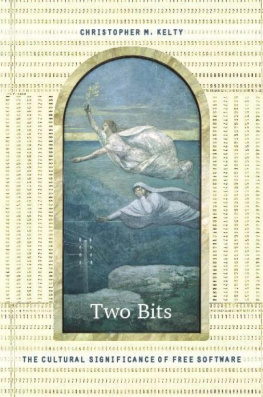
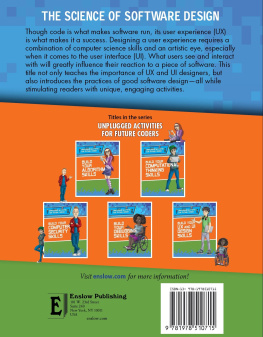

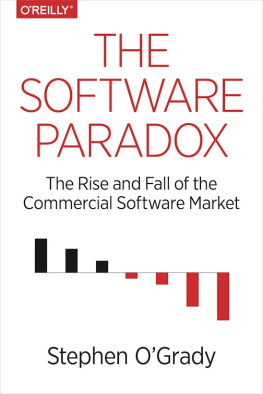
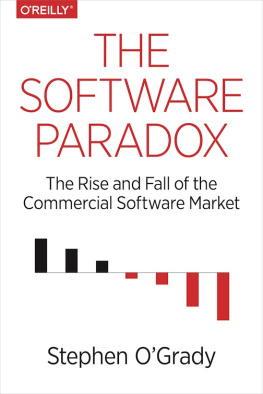
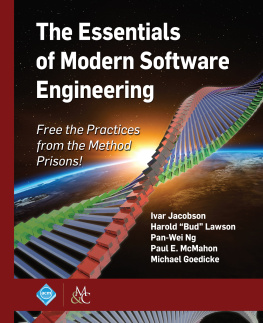

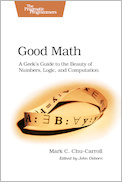
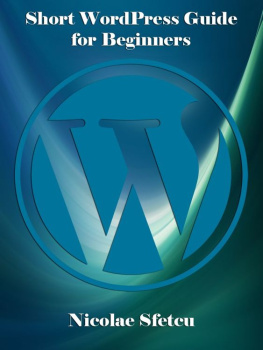
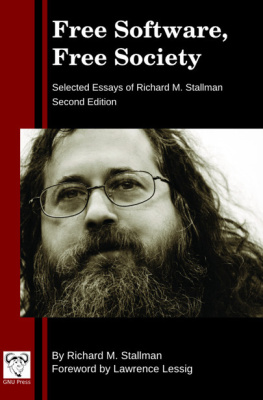
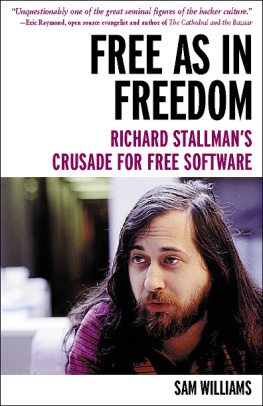
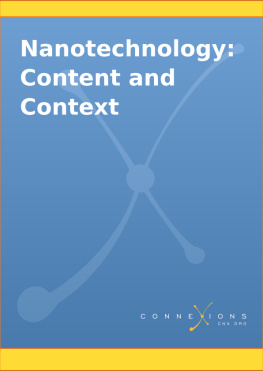
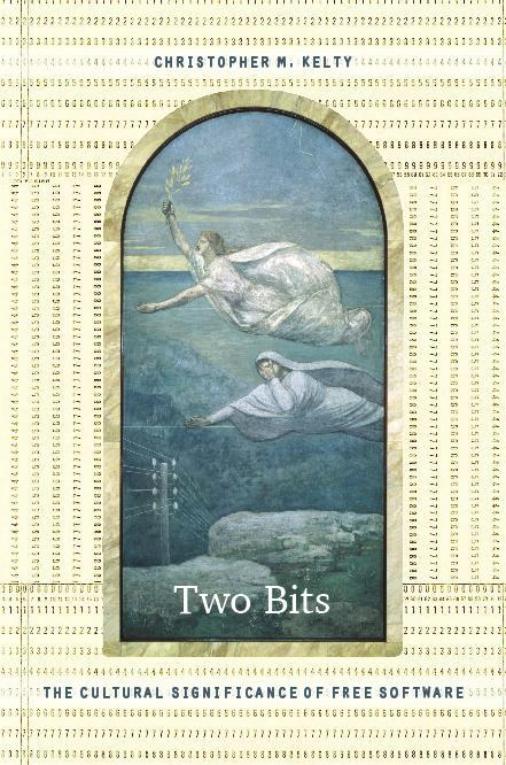
 EXPERIMENTAL FUTURESTechnological Lives, Scientific Arts, Anthropological VoicesA series edited by Michael M. J. Fischer and Joseph Dumit 2008
EXPERIMENTAL FUTURESTechnological Lives, Scientific Arts, Anthropological VoicesA series edited by Michael M. J. Fischer and Joseph Dumit 2008 